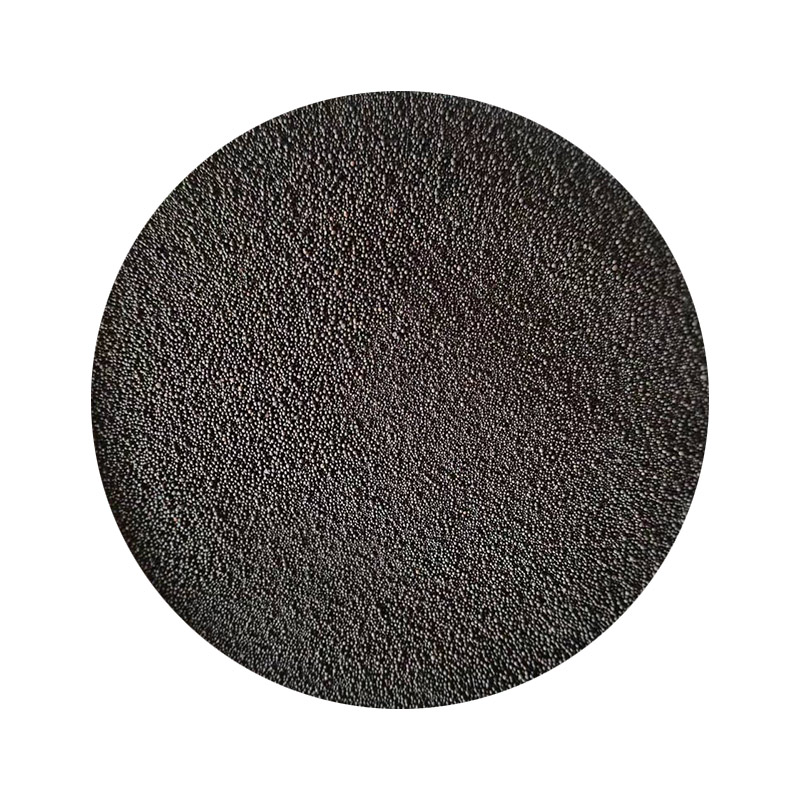Can You Sand 3D Prints?
3D printing has revolutionized the way we create objects, offering unparalleled flexibility and design possibilities. However, one common question that arises among hobbyists and professionals alike is whether you can sand 3D prints. The answer is a resounding yes! Sanding can enhance the appearance and finish of 3D-printed models, but it is essential to understand the right techniques and materials to achieve the best results.
First, let’s delve into why sanding is a valuable technique in post-processing 3D prints. Most 3D printing processes, including Fused Deposition Modeling (FDM) and Stereolithography (SLA), leave layers visible on the surface of the printed objects. These layer lines can detract from the overall aesthetic quality, particularly for models intended for display or commercialization. Sanding helps to smooth these layers, creating a more polished finish.
Can You Sand 3D Prints?
For SLA prints, which are often made from resin, the sanding process can be a bit different. Resin prints tend to have a smoother surface straight out of the machine, but they may still require some sanding to eliminate imperfections and achieve the desired finish. Similar to FDM prints, starting with a coarser grit and moving to finer grits is recommended.
can you sand 3d prints

One of the essential tips when sanding 3D prints is to avoid excessive pressure. Applying too much force can lead to deformation or damage to the print. Instead, use light, even strokes to gradually remove material. Additionally, it’s helpful to rotate the model as you work to ensure an even finish on all sides.
After sanding, many people choose to apply additional post-processing techniques to enhance the finish further. Chemical smoothing is a popular option, especially for ABS prints, where exposure to acetone vapor can dissolve the surface layer, resulting in a glossy, smooth finish. Painting is another method commonly used, allowing users to customize the color and appearance of their prints. Before painting, make sure to clean the surface thoroughly to remove any dust or debris from sanding.
It’s also worth noting that not all prints require sanding. Functional prototypes or items that will be used in practical applications might not necessitate a pristine finish. However, for artistic projects, display models, or when aiming for a specific aesthetic, sanding can make all the difference.
In conclusion, sanding 3D prints is not only possible but also beneficial in achieving a superior finish. With the right tools, techniques, and a touch of patience, you can transform your prints from rough prototypes into polished works of art. So, whether you're a seasoned maker or a newcomer to 3D printing, don’t hesitate to include sanding in your post-processing routine!
Post time:10月 . 13, 2024 05:49
Next:simply sands ceramics
